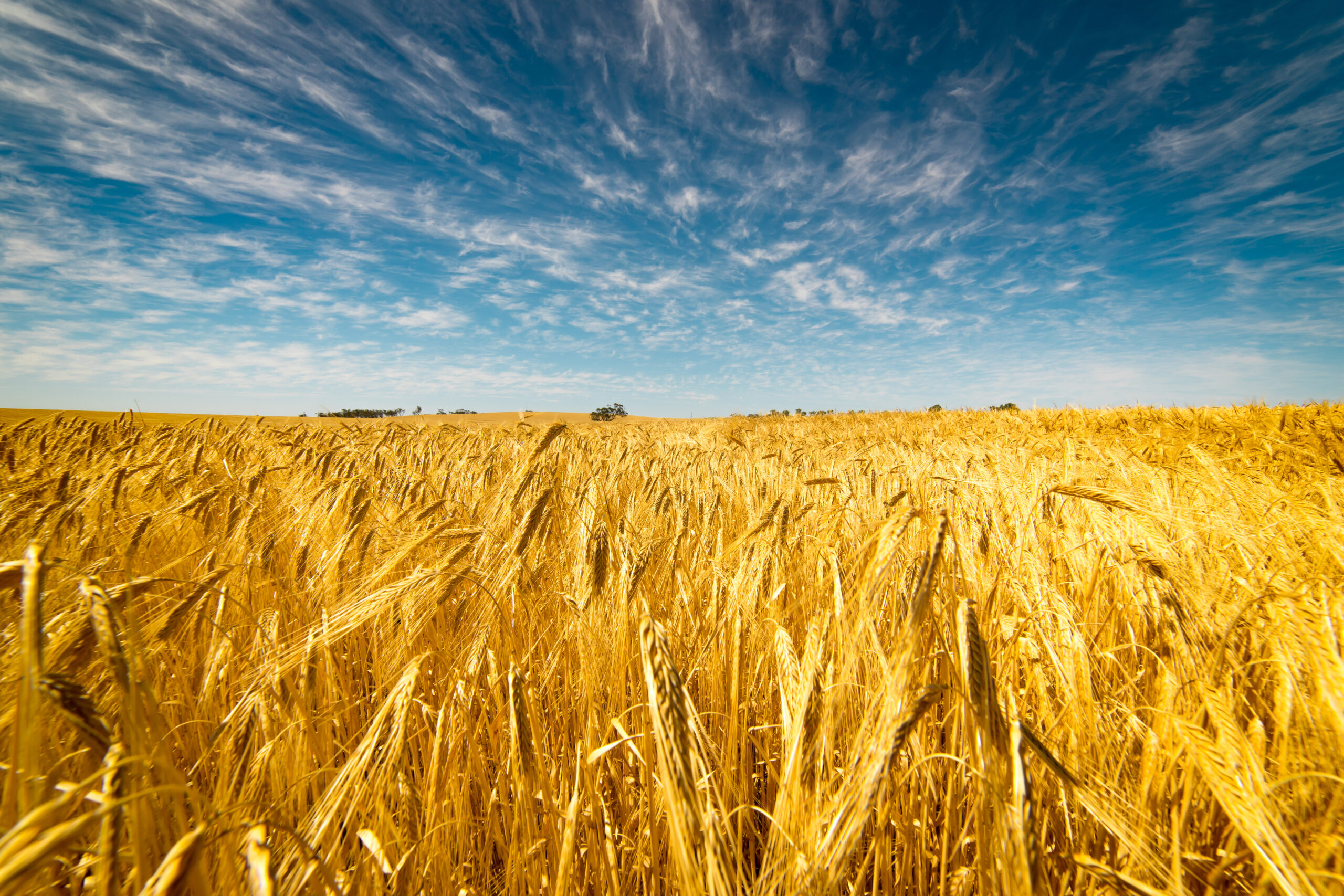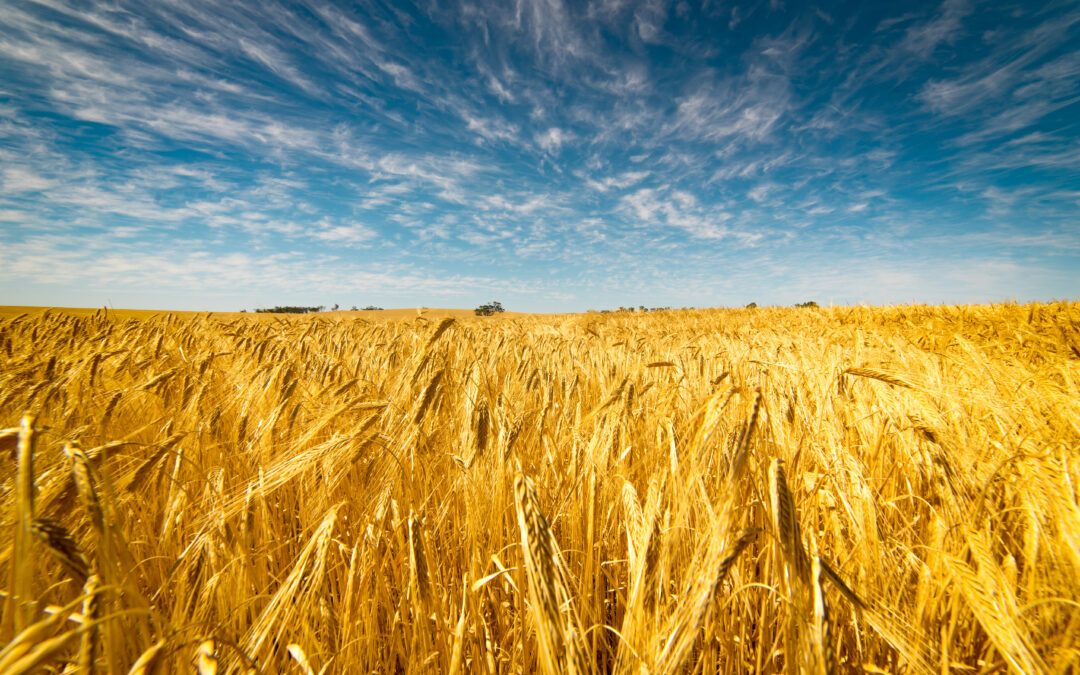Welcome to Home Farming 101! In this blog post, we will cover everything you need to know about starting your own homestead. Whether you are a beginner or an experienced gardener looking to take the next step towards self-sufficiency, this guide is for you. Let’s get started!
Introduction to Home Farming:
Home farming, also known as homesteading, is the practice of growing and raising food on one’s own property. It can be done in small spaces such as backyards or balconies, or on larger plots of land like rural areas or suburban lots. Homesteading has become increasingly popular in recent years due to concerns over food safety, environmental sustainability, and economic stability. By growing your own produce and raising your own animals, you have control over what goes into your body and can save money by avoiding grocery store prices.
Choosing the Right Plants and Animals for Your Homestead:
The first step in home farming is choosing the right plants and animals for your homestead. Consider factors such as climate, soil type, available space, and personal preferences when selecting crops and livestock. Some common vegetables that do well in most climates include tomatoes, lettuce, carrots, and green beans. Fruit trees such as apples, pears, and peaches are also great options for home orchards. For animal husbandry, chickens are a popular choice for their eggs and meat, while goats provide milk and cheese. Bees can also be kept for honey production.
Soil Preparation and Planting Techniques:
Once you have selected your crops and livestock, it’s time to prepare your soil and plant your seeds. Start by testing your soil to determine its nutrient content and pH level. You may need to add compost or other amendments to improve the quality of your soil. When planting, follow recommended spacing guidelines and use appropriate techniques such as row planting or raised beds. Make sure to keep track of watering schedules and adjust them based on weather conditions.
Basic Animal Care for Beginners:
If you are new to animal care, don’t worry – there are plenty of resources available to help you succeed. Research the specific needs of your chosen species and invest in proper housing, feed, and equipment. Keep a close eye on your animals and look out for signs of illness or injury. Consult with a veterinarian if necessary. Remember, taking good care of your animals means healthier products for yourself and others.
Harvesting and Preserving Your Crops:
After months of hard work, it’s finally time to harvest your crops! Use pruning shears or scissors to cut off ripe fruits and vegetables, being careful not to damage the plant. Store your produce properly to prevent spoiling, using methods such as refrigeration, freezing, or canning. If you have excess produce, consider selling or trading it at local markets or with neighbors.

Common Mistakes to Avoid When Starting a Homestead:
As with any new endeavor, there are bound to be mistakes along the way. Here are some common pitfalls to watch out for when starting a homestead:
Overplanting or underplanting
Neglecting soil preparation
Failing to research crop and animal selection
Not providing adequate shelter or protection from predators
Ignoring signs of disease or injury
The Benefits of Home Farming:
There are many benefits to home farming beyond just producing your own food. These include:
Improved physical activity and mental health
Reduced carbon footprint through locally grown produce
Stronger connections with community members and nature
Greater financial independence and security
Resources for New Homesteaders:
Starting a homestead can feel daunting, but there are numerous resources available to support you on your journey. Check out these websites, books, and organizations for more information:
The National Young Farmer’s Coalition (NYFC)
The Sustainable Agriculture Research and Education Program (SARE)
“The Joy of Cooking” by Irma Rombauer
“The Backyard Homestead Book of Building Projects” edited by Spike Carlsen
We hope this guide helps you start your very own homestead! Good luck and happy farming!





